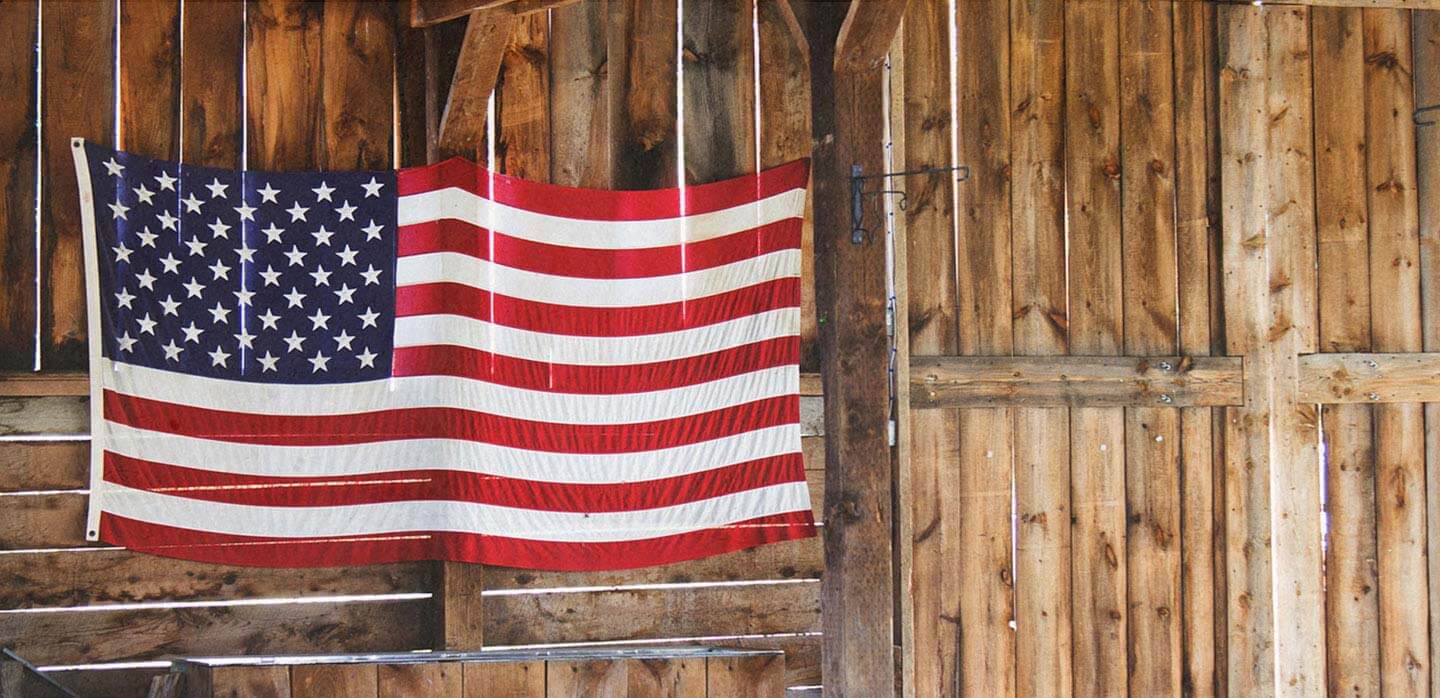Background
Since 1971, Flag Store USA has been a family owned and operated business selling a wide range of historical, international, sport, and state flags. From their humble beginnings as a small storefront in Connecticut, the company has grown their business considerably while transitioning to an online-only model. The flags are manufactured in the U.S.A. by Annin & Company; the flags’ American-made roots, along with Flag Store’s free shipping, has made Flag Store USA a reliable source of high quality flags for 45 years and counting.
Key Metrics
66%
Increase in Return-On-Ad-Spend
20%
Decrease in Cost
42%
Increase in Website Transactions
Why’d They Come to LP?
Since Flag Store USA sells direct-to-consumer, digital marketing is vital to their business. Prior to working with LP, Flag Store had been working with another marketing agency to run their Google and Microsoft ads, but didn’t feel like the agency fully understood their online presence. The ad spend budget was being mismanaged and the communication was lagging; so Flag Store decided it was time to try something new, and partnered with Logical Position (LP) in the fall of 2019 with an initial goal of a 5x return-on-ad-spend (ROAS).
What Strategy Was Used?
After a thorough diagnostic on Flag Store’s previous performance on Google and Microsoft, our paid search team got to work building all-new campaigns. The online market for flags is not very saturated; meaning Flag Store does not have many competitors, which meant we could proactively work on refining our audience targeting without playing defense to get their ads in front of the right people. Our team started by building out Single Keyword Ad Groups (SKAGs) and Single Product Ad Groups (SPAGs) for our new campaigns. This build style assigns only one keyword or product to each ad group; which allows our team greater control of the budget. When a certain product is performing well, we can raise bids on just that product—which keeps our spend low and ensures that product is always showing up in search results.

Flag Store’s largest flags have the greatest profit margin, so our team pushed those products by raising their bids individually. We also pushed products based on current events—for example, during an election year, we focus on adding budget and raising bids for Flag Store’s political flags.
Next, our team honed in on Remarketing campaigns to close the gap on potential customers that showed interest but did not complete a transaction on Flag Store’s website. We segmented these audiences in Google Analytics by one day, three days, one week, two weeks, one month, and three months (seven audiences in total) to ensure we captured the full spectrum of potential purchases. Since these audiences are comprised of consumers who visited Flag Store’s website within the time period we set, they yield a higher conversion percentage than stand-alone ads.
What Were The Results?
Flag Store’s paid search campaigns have performed so well, the owner wasn’t able to keep up with all the business—we had to decrease our ad spend so they could effectively manage their inventory. In a year-over-year (YoY) comparison of September 2019 (before Flag Store started working with LP) to September 2020 (when accounts were LP-managed), Flag Store’s ROAS increased by 66%.

We took ROAS from a 3.31x to a 5.5x, surpassing Flag Store’s initial goal. Transactions increased by 42%, from 565 to 801. Best of all, monthly revenue saw a 31% increase—equating to nearly $20,000. Flag Store’s online presence grew as well, with a 74% increase in sitewide users.
Perhaps most importantly, LP’s management greatly increased efficiency in Flag Store’s paid search account. We increased revenue by 31%, while at the same time lowered costs by 21%. Flag Store’s cost-per-clicks (CPCs) had been inflated pre-LP; we were able to decrease the CPCs so that each click wasn’t costing as much.
Flag LP down when you’re ready to grow your business.







